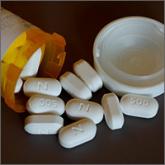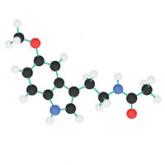Article

How do oral NSAIDs compare to other oral analgesics right after an acute musculoskeletal injury?
- Author:
- Corey Lyon, DO
- Susan Piggott, MD, MPH
- Shannon Langner, MD
- Kristen DeSanto, MSLS, MS, RD
EVIDENCE-BASED ANSWER: Nonsteroidal anti-inflammatory drugs (NSAIDs) are at least as effective as other oral analgesics (opioids, acetaminophen)...
Article

Consider Melatonin for Migraine Prevention
- Author:
- Corey Lyon, DO
- Shannon Langner, MD
Melatonin holds more power than your average sleep aid—at least for patients with chronic migraine. Their dreams of migraine-free days just may...
Article

Consider melatonin for migraine prevention
- Author:
- Corey Lyon, DO
- Shannon Langner, MD
This affordable, over-the-counter hormone is as effective as amitriptyline, causes fewer adverse effects, and may have a surprising added benefit...
